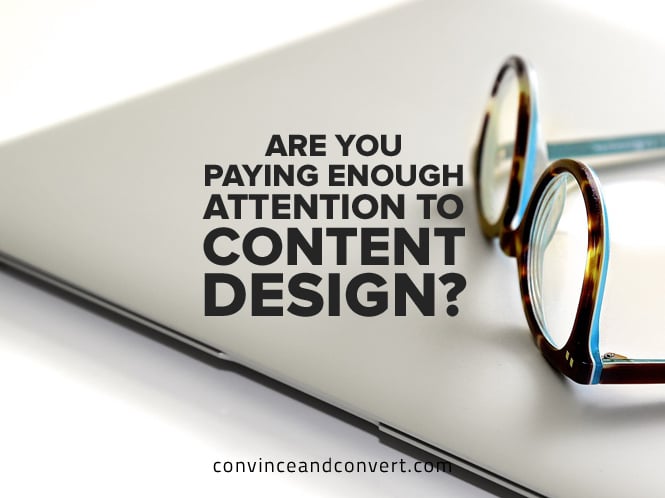But if the water is cloudy, mildly fetid, or smells a little strange, there’s a strong likelihood the horse will take one look and say, “Nay.” The same, simple (yet not always easy) concept applies to any brand that desires robust, thoroughbred, and “winning” marketing initiatives and campaigns (which, in 2016, should be every brand). Cohesion in all arenas of a marketing plan can make or break your success. Whether or not we realize it, admit it, or understand it, when faced with the need or desire for a new product or service, a base part of that drive comes from an emotional connection. This inventory of current and future assets will allow you to see potential relationships that allow content and design to build on one another. Think educational and entertaining blog posts, sticky and shareable social media content and images—anything you’re doing that exists outside your homepage with the intent of driving traffic and conversions to or on your homepage. Make Matching Messages Merge Marketing like “the year you’re in” means lassoing your brand identity. Each segment branched their own content messaging and design strategy, which inevitably led to “a brand divided being unable to expand or stand.” The website became a mess; national ad campaigns and content marketing initiatives devolved into a confusing blur. That said, even before drafts are proposed, the team needs to come together and decide on a united purpose. These “tips” try harder to catch your eye than provide sound advice. Get more content like this, plus the very BEST marketing education, totally free.

Content-slingers and marketers can be fantastic at leading a horse to water. But if the water is cloudy, mildly fetid, or smells a little strange, there’s a strong likelihood the horse will take one look and say, “Nay.” The same, simple (yet not always easy) concept applies to any brand that desires robust, thoroughbred, and “winning” marketing initiatives and campaigns (which, in 2016, should be every brand).
Cohesion in all arenas of a marketing plan can make or break your success. However, some initiatives are paramount, specifically converging content and design in a way that logically and emotionally aligns them.
The correlation of content marketing and design needs to be an art, a strategy, and a science. No matter how thirsty you make your audience, they’re not going to drink it if the trough at the end of the trail tastes bad. Gary Vaynerchuck, the mythically impressive social and content expert, reminds us to simply “market like the year you are in”—advice that a startling number of major brands have failed to take, sometimes resulting in a quick decline in content ROI, and other times a slow death by a thousand cuts.
What does this mean for marketing plans in 2016 and beyond? 60 percent of marketers create at least one fresh, new piece of content everyday, but it takes a customer less than one second to judge your brand once they reach your website.1 Yikes!
This means that all aspects of your marketing outreach need to evolve as a living, breathing entity. (highlight to tweet) No matter the company size, industry, or overall goal, no brand can afford to ignore these vital steps to maximize success.
Make Your Content Design Mapable and Emotional
We like to think we rationalize most of our spending decisions, but in truth (as Square 2 Marketing points out), purchases are made on a base, emotional level. Whether or not we realize it, admit it, or understand it, when faced with the need or desire for a new product or service, a base part of that drive comes from an emotional connection. The marriage of content and design play a crucial role in that connection.
Many of us know the basic checklist: Headers catch the most eyes at 50–60 characters, keep your homepage to a three-Pantone color scheme, etc. Now that the internet isn’t as much like the Wild West as it used to be, a specific array of sourced and cited educational copy within a mapped design space is crucial.
When it comes to content marketing, Chief Inbound Scientist Michael Lieberman outlines how to position copy so that it “appeals to all prospects of all stages of the buying process [to] ensure you get leads for the top, middle, and bottom of the sales funnel.” Wireframe/content integration and design need to be woven into an optimized tapestry. This can be the tipping point of a successful user experience.
Lieberman lays out a rough blueprint of what it looks like when building ideal inbound design. He recommends that marketers first take inventory of all their current content and design assets, as well as those in the pipeline. Next, it’s time to organize them into brackets that adhere to the structure outlined below.
This inventory of current and future assets will allow you to see potential relationships that allow content and design to build on one another. Whether you have an in-house creative team, outsource to an agency, or want to find…
COMMENTS